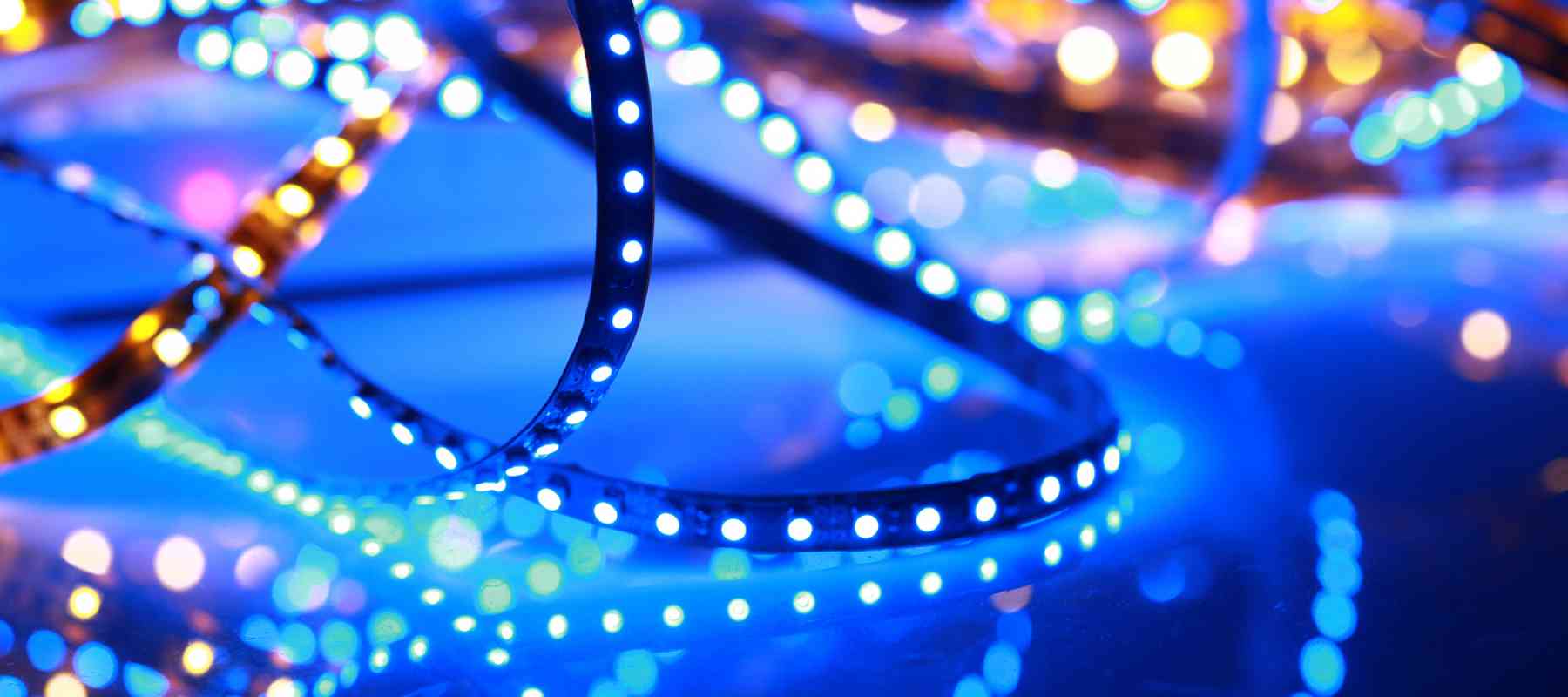What is LED Lighting And The benefits Of LED Lighting?
LED lighting, also known as Light Emitting Diode lighting, is a highly efficient and versatile form of lighting that has gained widespread popularity in recent years. Unlike traditional incandescent or fluorescent bulbs, LED lights produce light through the movement of electrons in a semiconductor material rather than through the heating of a filament or the excitation of gas atoms. LED lights are known for their exceptional energy efficiency, converting a significantly higher percentage of electrical energy into visible light. This efficiency translates into reduced energy consumption and lower electricity bills, making LED lighting a more sustainable and cost-effective option for both residential and commercial applications.
LED lighting offers several benefits for both individuals and society as a whole. Here are some reasons why LED lighting is beneficial:
Energy Efficiency: LED lights are highly energy-efficient compared to traditional incandescent and fluorescent lights. They consume significantly less energy to produce the same amount of light, resulting in lower electricity bills and reduced energy consumption. LED lights can be up to 80% more efficient than traditional lighting options.
Longevity and Durability: LED lights have a longer lifespan than traditional lights. They can last up to 25 times longer, reducing the frequency of replacements and associated maintenance costs. LED lights are also more durable and resistant to shock, vibrations, and external impacts, making them suitable for various applications.
Environmental Friendly: LED lighting is eco-friendly. They do not contain hazardous materials like mercury, which is commonly found in fluorescent lights. LED lights are also recyclable, and their extended lifespan reduces the overall waste generated from lighting.
Cost Savings: Although LED lights may have a higher upfront cost, they provide long-term cost savings. Due to their energy efficiency and extended lifespan, they result in lower electricity bills and reduced maintenance expenses over time. The initial investment is often recovered through energy savings within a relatively short period.
Improved Quality of Light: LED lights offer high-quality illumination with improved color rendering and brightness control. They can produce a wide range of color temperatures, enabling customizable lighting solutions for different environments. LED lights also have minimal flickering and no warm-up time, providing instant and consistent light output.
Design Flexibility: LED lights come in various shapes, sizes, and colors, offering design flexibility for different applications. They can be integrated into fixtures, bulbs, strips, and panels, allowing for creative and versatile lighting designs in residential, commercial, and architectural settings.
Directional Lighting: LED lights emit light in a specific direction, unlike traditional bulbs that emit light in all directions. This directional lighting reduces light wastage and allows for precise lighting placement, enhancing efficiency and reducing light pollution.
Safety: LED lights generate significantly less heat compared to traditional lighting options. They are cool to the touch, reducing the risk of burns or fire hazards. Additionally, LED lights do not emit harmful ultraviolet (UV) or infrared (IR) radiation, making them safer for sensitive objects and human health.
Overall, LED lighting offers a range of benefits, including energy efficiency, durability, environmental friendliness, cost savings, improved quality of light, design flexibility, directional lighting, and enhanced safety. These advantages make LED lighting a preferred choice for various applications, contributing to a more sustainable and efficient lighting solution.
If You want to know more visit the links given below:-
http://dayworkonyachts.com/author/pretmetled/
https://www.behance.net/gallery/170817235/Badkamerspots-Tegen-Zeer-Betaalbare-Prijzen


Comments
Post a Comment